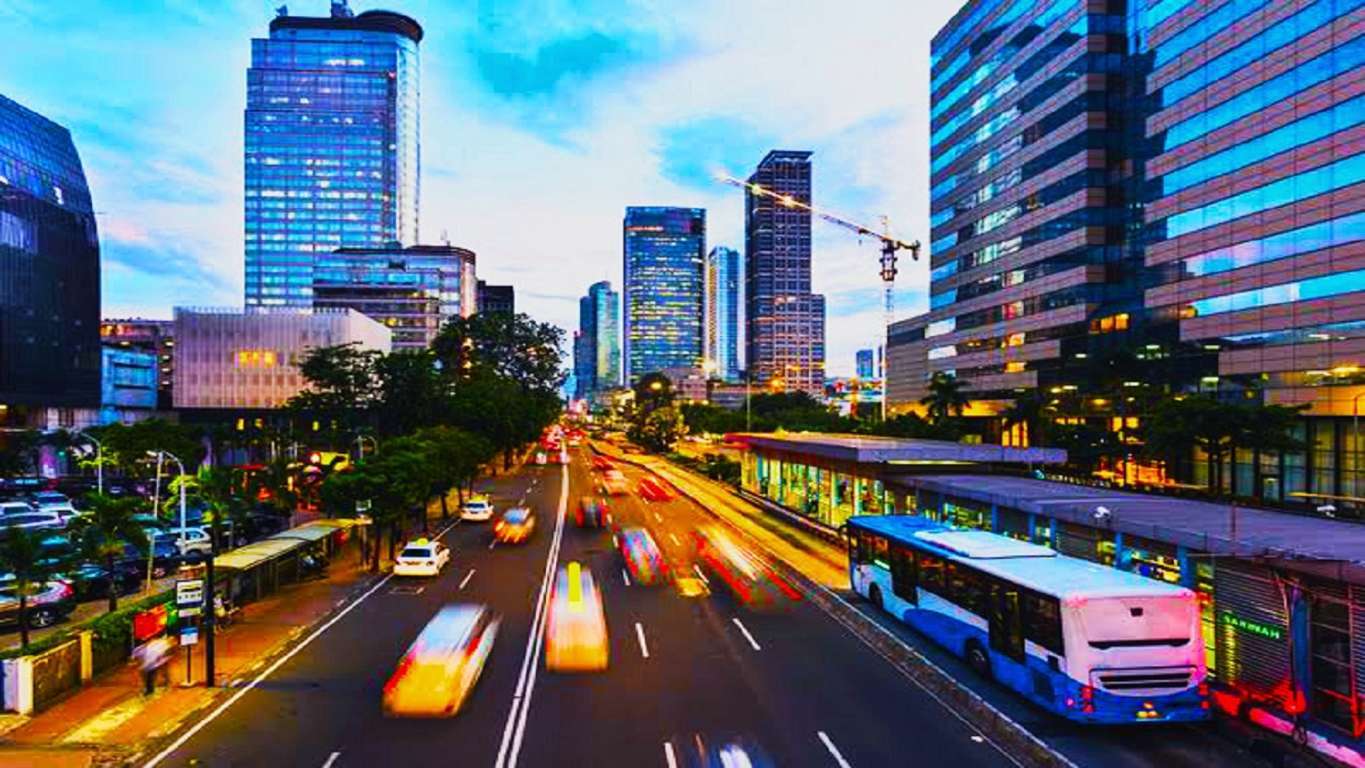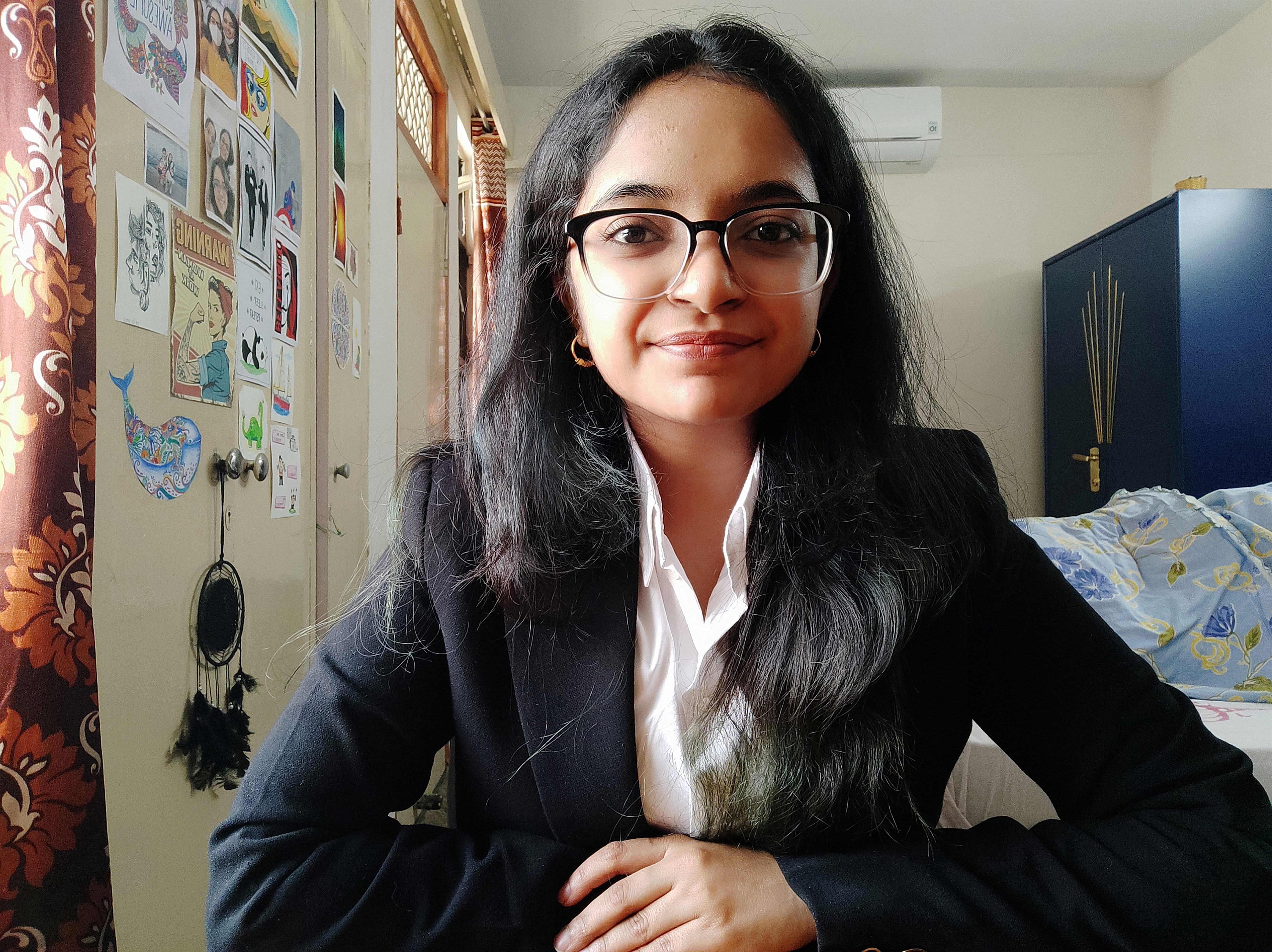Analysis of Pradhan Mantri Awas Yojana (PMAY) Urban and Gramin
1. Introduction
Having a house is a human being’s right which, sadly, isn't available to an enormous chunk of the Indian population. It's an economic, ethnic, and social right to housing and is documented in certain countrywide constitutions and therefore the Universal Declaration of Human Rights.
Pradhan Mantri Awas Yojana scheme was announced on 25th June 2015 as a ‘housing for all initiative. it's considered because of the drive to form available affordable housing facilities to all or any within the urban areas. The implementation phase for this scheme is from 2015 to 2022. Under it, the govt delivers central support to the implementing organizations through States/Union Territories and Central Nodal Agencies. The States and Union Territories are given the facility to approve projects which confine to the framework provided within the mission guidelines. This scheme also continues the government’s efforts towards women empowerment by mandating the feminine head of the family to be the owner or co-owner of the dwelling unit under this mission. The scheme has been divided into four parts or four options supported income, finance, availability of land, and such other factors.
2. Needs
Housing is a component of the right to an ample standard of living. Being homeless is not just a short-term troublesome situation, it has long-reaching effects, in different forms, for an individual as well as society. Homeless individuals have higher early mortality and frequent health effects. According to the data provided by the 2011 census, approximately 1.77 million people are homeless in India, of which 65.3% are concentrated in the five states: Uttar Pradesh, Maharashtra, Rajasthan, Madhya Pradesh, Andhra Pradesh, Gujarat. For solving this problem, the Indian government has arrived up with a range of affordable housing schemes on several grounds
3. Coverage and Duration
All 4041 statutory towns as per Census 2011 with a focus on 500 Class I cities would be included in three segments-
• Phase I (April 2015 - March 2017) to cover up 100 Cities selected from States/UTs as per their willingness.
• Phase II (April 2017 - March 2019) to cover up additional 200 Cities
• Phase III (April 2019 - March 2022) to cover up all other outstanding Cities.
Ministry, though, will have elasticity concerning insertion of further cities in earlier stages in position, there is a cause backed requirement from States/UT
4. Aim- To provide a pucca house with basic amenities to all rural and urban poor families by the end of March 2022
5. Objective-
1. To study the criteria and features for being PMAY beneficiaries.
2. To study the scope of unification of development Programmes with PMAY and factors constraining effective unification.
3. To help rural people Below Poverty Line (BPL) in the construction of dwelling units and up-gradation of existing unserviceable kutcha houses by providing assistance in the form of a full grant (PMAY-G)
6. PMAY – Urban
A. Features
i. Addresses Urban housing shortage among the Urban Poor including the Slum Dwellers by ensuring a pucca house to eligible urban poor.
ii. The Mission covers the entire urban area consisting of Statutory Towns, Notified Planning Areas, Development Authorities, Special Area Development Authorities, Industrial Development Authorities, or any such authority under State legislation which is entrusted with the functions of urban planning & regulations.
iii. All houses under PMAY(U) have basic amenities like toilets, water supply, electricity, and kitchen.
iv. The Mission promotes women empowerment by providing the ownership of houses in the name of female members or in joint name.
v. Preference is also given to differently-abled persons, senior citizens, SCs, STs, OBCs, Minority, single women, transgender, and other weaker & vulnerable sections of the society.
Figure 1 Features of PMAY-U
Source- PMAY
B. Verticals of PMAY(U)
PMAY(U) adopts a cafeteria approach to suit the needs of individuals based on the geographical conditions, topography, economic conditions, availability of land, infrastructure etc. The scheme has hence been divided into four verticals as given below:
Figure 2 Verticals of PMAY-U
Source- PMAY
I. 'In-situ Slum Redevelopment (ISSR):
Central Assistance of Rs. 1 lakh per house is admissible for all houses built for eligible slum dwellers under the component of ISSR using land as a Resource with the participation of private developers. After redevelopment, de-notification of slums by the State/UT Government is recommended under the guidelines.
Flexibility is given to States/Cities to deploy this Central Assistance for other slums being redeveloped. States/Cities provide additional FSI/FAR or TDR to make projects financially viable. For slums on privately owned land, States/Cities provide additional FSI/FAR or TDR to landowners as per their policy. No Central Assistance is admissible in such a case.
ii. Credit Linked Subsidy Scheme (CLSS):
Beneficiaries of Economically Weaker Section (EWS)/Low Income Group (LIG), Middle Income Group (MIG)-I and Middle Income Group (MIG)-II seeking housing loans from Banks, Housing Finance Companies and other such institutions for acquiring, new construction or enhancement* of houses are eligible for an interest subsidy of 6.5%, 4%, and 3% on loan amounts up to Rs. 6 Lakh, Rs. 9 Lakh, and Rs. 12 Lakh respectively. The Ministry has designated Housing and Urban Development Corporation (HUDCO), National Housing Bank (NHB), and State Bank of India (SBI) as Central Nodal Agencies (CNAs) to channelize this subsidy to the beneficiaries through lending institutions and for monitoring the progress. The scheme for the MIG category has been extended up to 31st March 2021. The CLAP portal has significantly contributed towards streamlining processes under the CLSS vertical which has also facilitated the Ministry in reducing grievances.
Figure 3 Statistics of CLSS
Source- PMAY
iii. Affordable Housing in Partnership (AHP):
Under AHP, Central Assistance of Rs. 1.5 Lakh per EWS house is provided by the Government of India. An affordable housing project can be a mix of houses for different categories but it will be eligible for Central Assistance if at least 35% of the houses in the projects are for the EWS category. The States/UTs decide on an upper ceiling on the sale price of EWS houses with an objective to make them affordable and accessible to the intended beneficiaries. State and cities also extend other concessions such as their State share, land at affordable cost, stamp duty exemption, etc.
iv. Beneficiary-led Individual House Construction/ Enhancement (BLC-N/ BLC-E):
Central Assistance up to Rs. 1.5 lakh per EWS house is provided to eligible families belonging to EWS categories for individual house construction/ enhancement. The Urban Local Bodies validate the information and building plan submitted by the beneficiary so that ownership of land and other details like economic status and eligibility can be ascertained. Central Assistance, along with State/UT/ ULB share, if any, is released to the bank accounts of beneficiaries through Direct Benefit Transfer (DBT) by States/UTs
Figure 4 Performance of the PMAY- U Scheme
Source- Pradhan Mantri Awaas Yojana-Urban, Drishti IAS
7. PMAY-Gramin
The scheme is to run in two phases, 1 crore houses were to be built under phase I from 2016-2019 and the continuing 1.95 crore houses are to be built in phase 2 ending in 2021-2022. The building of pucca houses with basic services such as water, sanitation, cooking area, etc. has supplied a proper life to the citizens of rural India. The provision to spot the beneficiaries through the Socio-Economic Caste Census has brought transparency to the system. PMAY-G has also subsidized the making of additional employment and income by cumulating the labor and demand for building materials. The ministry has started a Rural Mason educational program thus increasing the employability of the trained workers. An initiative like the operation of a Single Nodal Account has ensured the graceful flow of the funds.
The Ministry of Rural Development (MoRD) has published two volumes of ‘PAHAL- A compendium of Rural Housing Typologies’ which consists of more than 100 designs for 15 states. ‘PAHAL’ is considered as guiding resource and a ready reckoner for the stakeholders of PMAY-G to construct affordable, functional, durable and disaster resilience houses for the beneficiaries. The process of advancing the blueprints in PAHAL is carried out by UNDP and IIT, Delhi, beneath the direction of MoRD through the technological backing from Housing and concrete Development Corporation (HUDCO)
A. Features:
· The least size of the house has been improved to 25 sq. mt (from 20sq.mt) with a disinfected cooking space.
· The unit support has been improved from Rs. 70,000 to Rs. 1.20 lakh in plain and from Rs. 75,000 to Rs. 1.30 lakh in hilly states.
· The support for the building of toilets shall be leveraged via merging with Swachh Bharat Mission-Gramin (SBM-G), MGNREGS, or any other devoted source of financing.
· Union for supplied drinking water, power connection, LPG gas connection, etc. different Government programmers are also to be attempted
A. Criteria for Beneficiaries
o Beneficiaries: People belonging to SCs/STs, freed bonded laborers and non-SC/ST categories, widows or next-of-kin of defense personnel killed in action, ex-servicemen, and retired members of the paramilitary forces, disabled persons, and minorities
o Selection of Beneficiaries: All Through a three-phase confirmation - Socio-Economic Caste Census 2011, Gram Sabha, and geo-tagging
B. Performance of the Scheme:
Figure 5 Performance of the PMAY-G Scheme
Source- Pradhan Mantri Awaas Yojana-Gramin, Drishti IAS
o Only 55% of the construction target has been completed.
· About 1.27 Cr had been constructed by January 2021 out of 2.28 Cr houses to be constructed for the rural poor.
o Money has been sanctioned to almost 85% of beneficiaries.
o This scheme has helped in employment generation. Many states provided employment to their migrant laborers during lockdown
8. Effect of Covid-19
Because of the unfavorable effect of the Corona Virus, only 5.4% of the sanctioned houses have reached completion for the year 2020-2021 under the central government's leading rural housing scheme, Pradhan Mantri Awaas Yojana-Gramin
9. Critical Analysis and Conclusion
A. PMAY- Urban
The Pradhan Mantri Awas Yojana has implemented a dispersed system of funding the event and building of the housing. But, thanks to a niche between people’s aspirations and capabilities and therefore the state’s imagination regarding housing, the speed of the mission has been somewhat sluggish. Ownership of land may be a prerequisite within the BLC and CLSS options, and most of the urban slum households don't own land and are thus ineligible under these options. Also, the absence of certain security documents with the people that want to avail themselves of the advantages under these options has led to their inability in doing so.
The scheme’s plan to promote women's empowerment by mandating a female head as owner or co-owner of the property is laudable. a complete of 1.04 crore houses were sanctioned under PMAY-U out of which around 33.50 lakh are constructed and delivered and around 64 lakh units are at various stages of construction. Extension of CLSS till 31st March 2021 has opened benefits for MIG categories and in recent developments, the govt has announced the conversion of government-funded housing in urban areas into Affordable Rental Housing Complexes. A public-private partnership model is going to be implemented here. With its various pros and cons, the general outlook on the scheme remains inclined to be optimistic.
B. PMAY – Gramin
The scheme is to run in two phases, 1 crore houses were to be constructed under phase I from 2016-2019 and the remaining 1.95 crore houses are to be constructed in phase 2 ending in 2021-2022. The building of pucca houses with basic facilities such as water, sanitation, cooking area, etc. has supplied a proper life to the residents of rural India. The obligation to classify the beneficiaries through the Socio-Economic Caste Census has brought transparency to the system. PMAY-G has also provided to the creation of supplementary employment and income by expanding the labor and demand for building materials. The ministry has started a Rural Mason Training Program thus improving the employability of the trained employees. A program such as the function of Single Nodal Account has ensured the smooth flow of the Funds.
10. Recommendations
· Creating Awareness regarding the PMAY-G scheme to be spread through various mediums like print and electronic media, meetings, like the use of local language in print and electronic media.
· Setting up of awareness campaigns and involvement of SHGs
· To organize sensitization programs regarding the construction process at the Gram Panchayat level in the local language.
· During the Field Study, approving the geo-tagged photographs to confirm which houses were incomplete.
· Periodic visit randomly chosen houses.
· Regular Quality Checking of Material by engineers.
11. References
Housing for All (Urban) Scheme Guidelines; Ministry of Housing & Urban Poverty Alleviation, Government of India; 2015
2. Evaluation of Governance Parameters of Pradhan Mantri Awaas Yojana- Gramin (PMAY-G); Ministry of Rural Development Government of India; NIPFP Research Team; December 2019
3. Impact Assessment of PMAY-G (Madhya Pradesh, Odisha & West Bengal); W R Reddy, R Ramesh, P SivaRam; Centre for Rural Infrastructure; 2018
4. PMAY- Urban - https://pmay-urban.gov.in/about
5. Analysis of government schemes on affordable housing; Diva Rai; October 12, 2020
6. Pradhan Mantri Awaas Yojana-Gramin;https://www.drishtiias.com/daily-updates/daily-news-analysis/pradhan-mantri-awaas-yojana-gramin; Drishti
7. PMAY- Gramin https://pmaymis.gov.in/
Related Articles
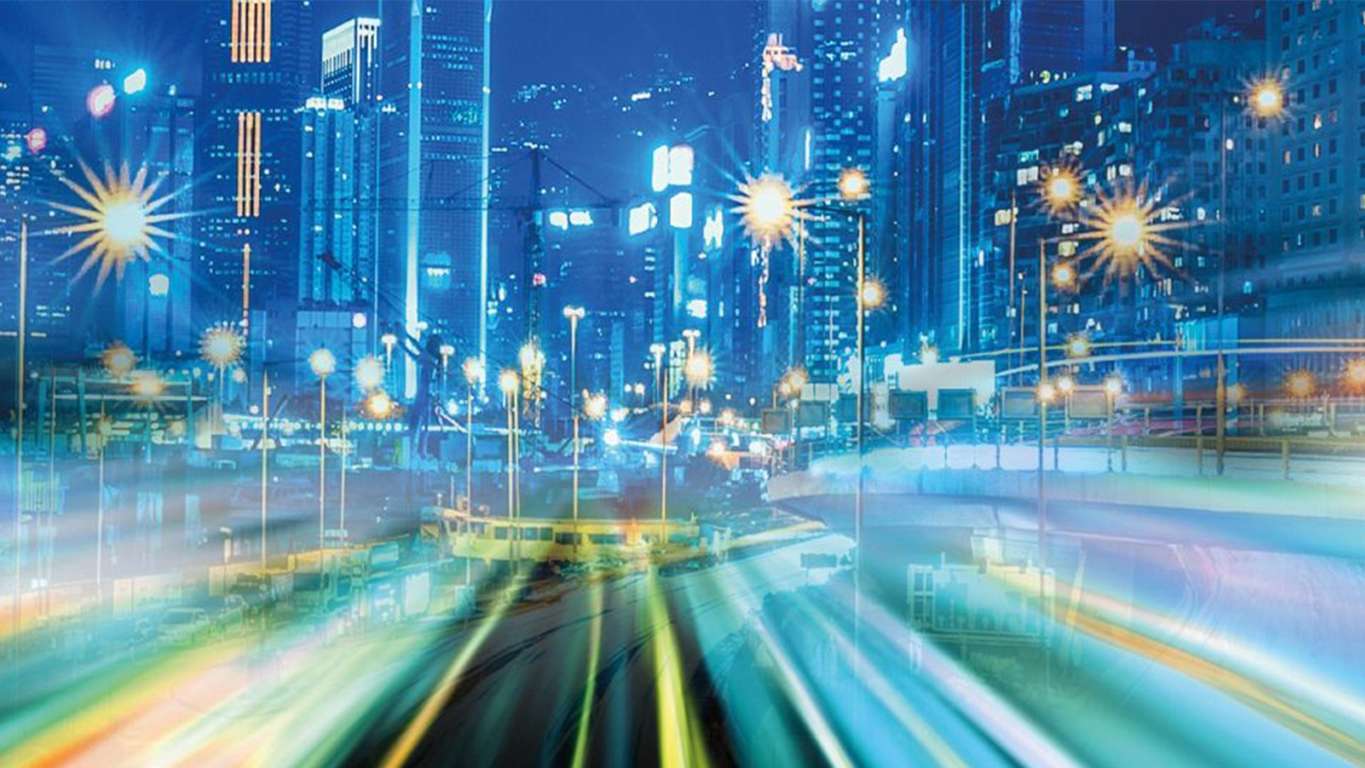
Intelligent Energy System for Sustainable Use
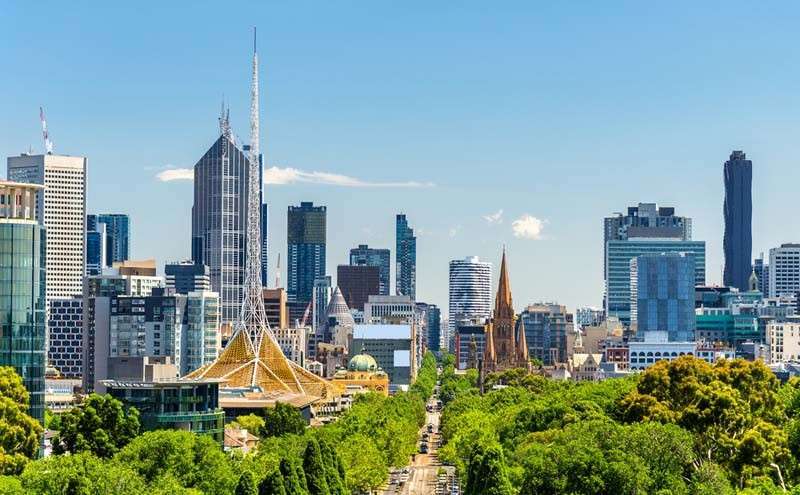
HEALTHY CITIES
WALKABILITY- A SYNONYM TO URBAN MOBILITY
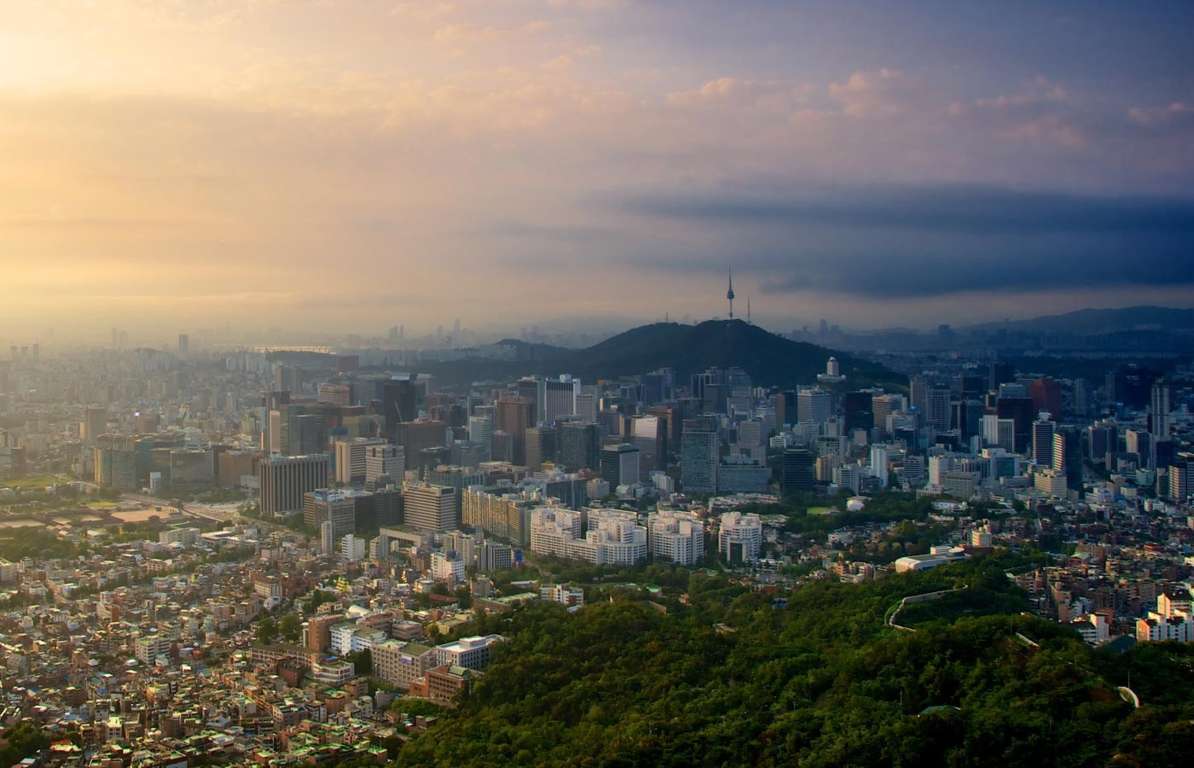
TACKLING ISSUES OF PERI-URBANISATION: A SMART REGION APPROACH
